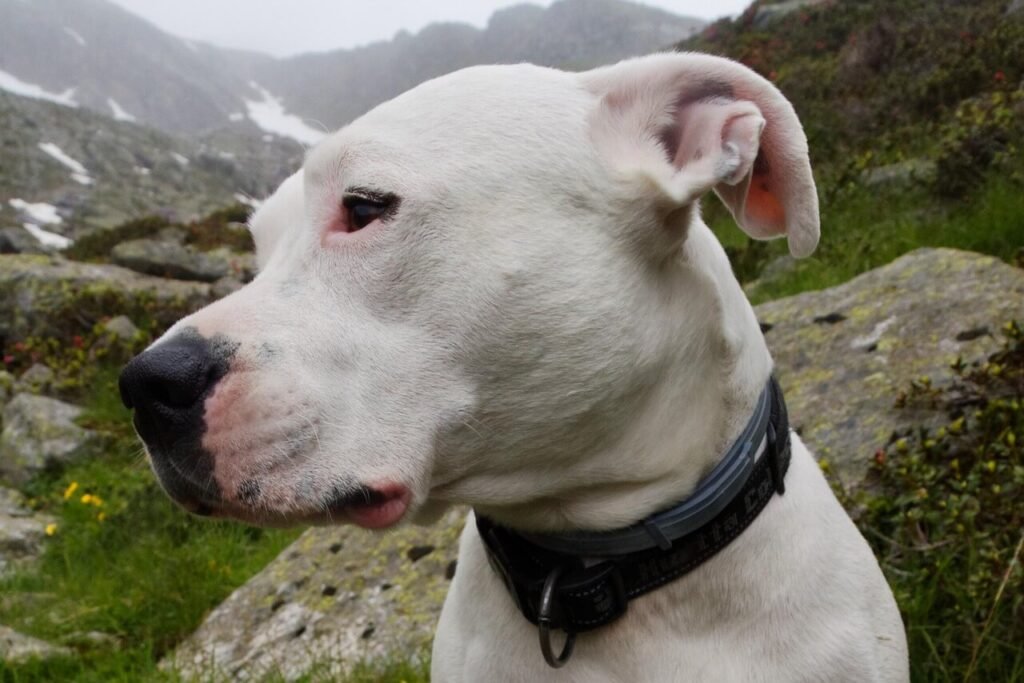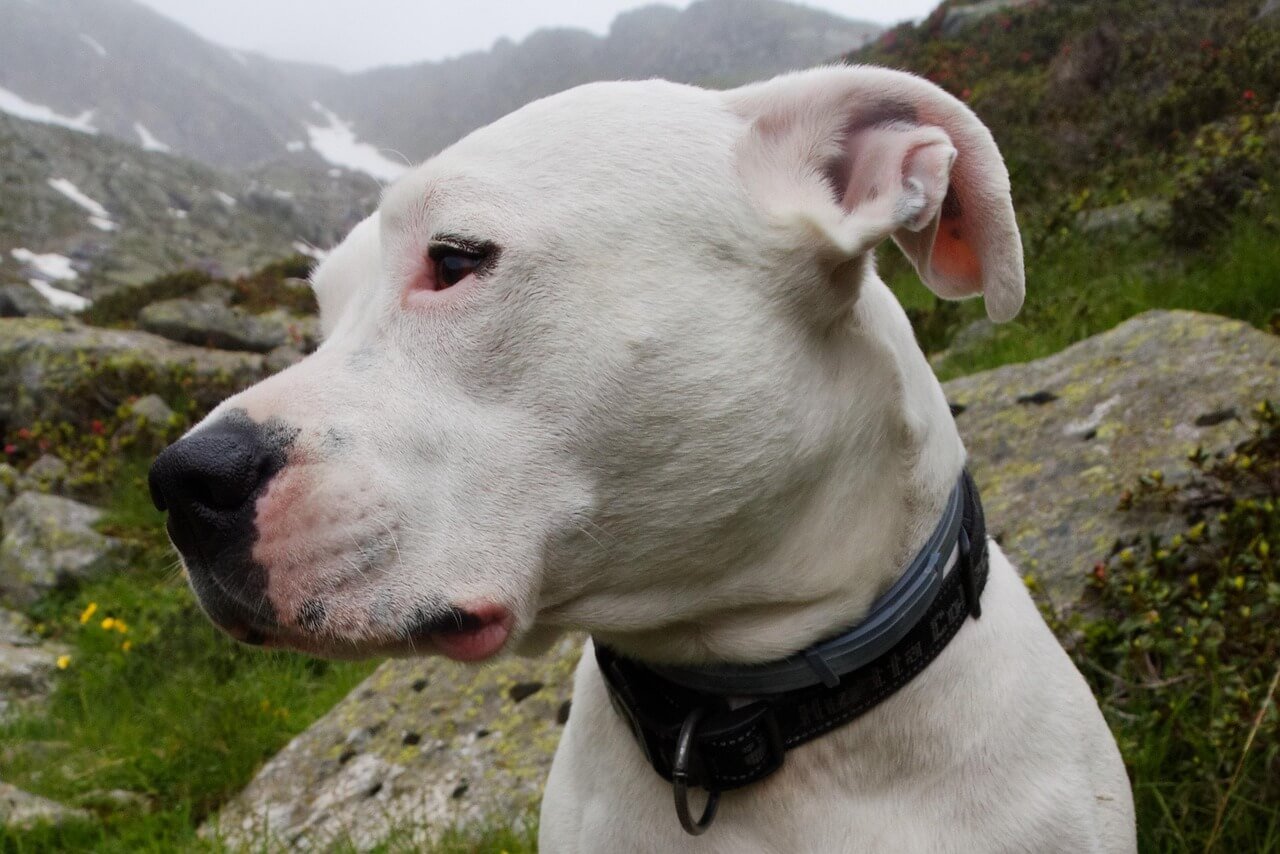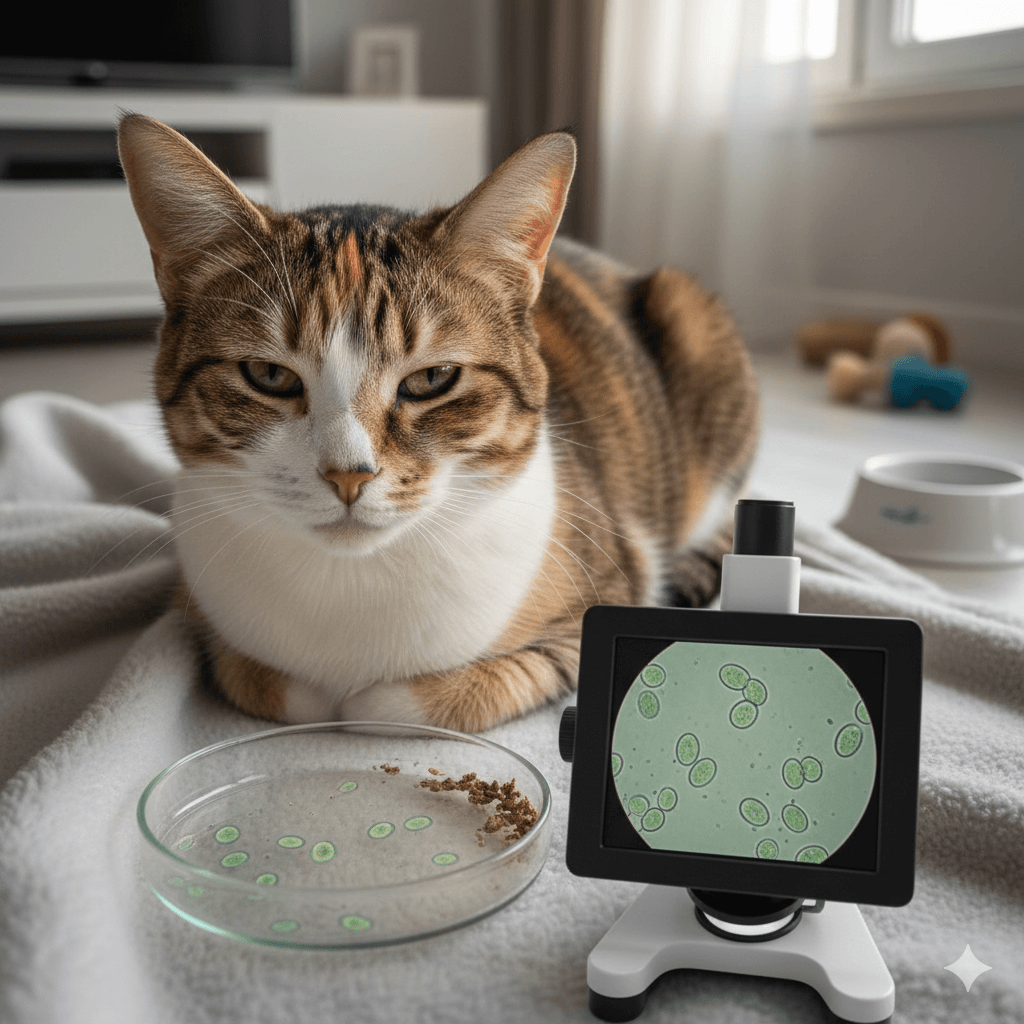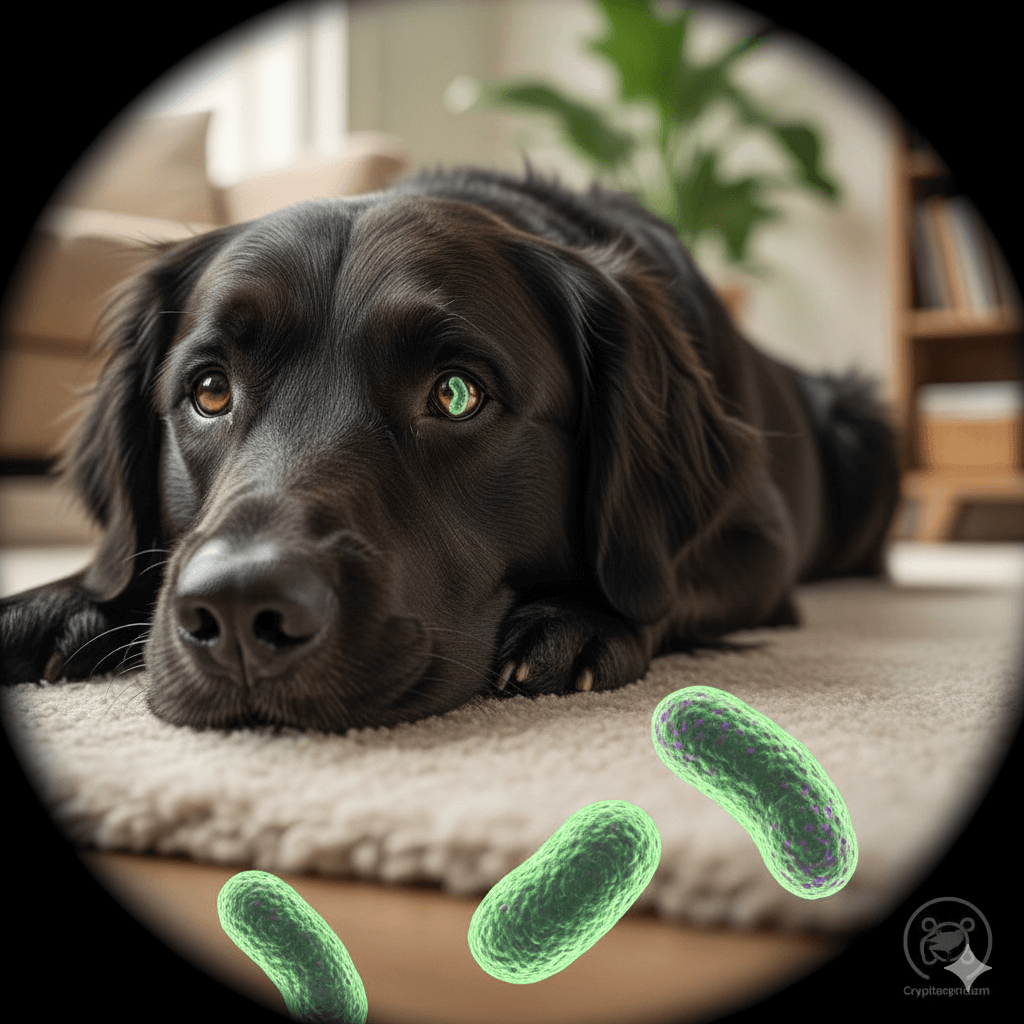Understanding Dog Perineal Hernia: A Comprehensive Guide for Pet Owners
As a dog owner, few things are as concerning as noticing something unusual about your furry friend’s health. One condition that may raise alarm bells is a perineal hernia. While it might sound intimidating, understanding what it is, how it develops, and what can be done about it can make all the difference in ensuring your dog receives the care they need. In this blog post, we’ll explore everything you need to know about dog perineal hernias—from symptoms and causes to treatment options and prevention tips. Whether you’re dealing with this issue currently or simply want to stay informed, this guide will provide clarity and actionable advice.
What Is a Dog Perineal Hernia?
A perineal hernia occurs when there is a weakening or defect in the muscles located in the pelvic area of a dog. This allows organs or fatty tissue to protrude through the weakened area, creating a noticeable bulge near the anus. It’s essential to recognize the condition early to prevent complications such as organ entrapment or infection. Below are some key points about dog perineal hernias:
A perineal hernia typically affects male dogs, especially those who are older or not neutered.
The condition can occur on one or both sides of the perineum.
Breeds like Boston Terriers, Boxers, and Collies are more prone to developing this issue.
Symptoms often include swelling near the anus, straining during bowel movements, or difficulty urinating.
Early diagnosis is crucial for effective treatment and recovery.
Understanding these basics will help pet owners identify potential signs of trouble and seek veterinary assistance promptly.
Common Causes of Dog Perineal Hernias
While the exact cause of perineal hernias isn’t always clear, several factors can contribute to their development. Recognizing these causes can help pet owners take preventive measures where possible. Here’s an overview of the most common contributors:
Hormonal imbalances, particularly in unneutered male dogs, can weaken pelvic muscles over time.
Chronic constipation puts excessive strain on the pelvic region, increasing the risk of muscle damage.
Obesity places additional pressure on the pelvic floor, making herniation more likely.
Genetic predisposition plays a role, with certain breeds being more susceptible than others.
Age-related muscle degeneration can lead to weaker pelvic support structures.
By addressing these underlying causes, pet owners can reduce the likelihood of their dog developing a perineal hernia.
Check this guide 👉Understanding Simethicone Dosage for Dogs: Best 7 Tips!
Check this guide 👉Understanding Dog Muscle Anatomy: Best 7 Health Tips!
Check this guide 👉Masticatory Muscle Myositis: Best 7 Health Tips!

Symptoms to Watch For | Steps to Take |
|---|---|
Swelling near the anus | Schedule a vet appointment immediately |
Straining during bowel movements | Monitor your dog’s diet and hydration |
Difficulty urinating | Avoid self-diagnosis; consult a professional |
Lethargy or discomfort | Keep your dog calm and limit activity |
Visible bulge on one or both sides | Prevent further complications by acting fast |
Treatment Options for Dog Perineal Hernias
Once diagnosed, treating a perineal hernia requires careful consideration based on the severity of the condition. From surgical intervention to supportive care, here are the primary treatment options available:
Surgery is often recommended to repair the hernia and prevent further complications.
Neutering is frequently performed alongside surgery to address hormonal imbalances.
Medications may be prescribed to manage pain and reduce inflammation post-surgery.
Dietary changes, such as adding fiber, can help alleviate constipation and reduce strain.
Physical therapy or restricted activity may aid in recovery after treatment.
Each dog’s situation is unique, so it’s important to work closely with your veterinarian to determine the best course of action.
Prevention Tips for Dog Perineal Hernias
Preventing a perineal hernia involves proactive measures to maintain your dog’s overall health and minimize risk factors. Here are some practical steps you can take:
Neuter your dog at an appropriate age to reduce hormonal influences on muscle weakness.
Maintain a healthy weight through proper diet and regular exercise.
Provide a high-fiber diet to prevent constipation and reduce pelvic strain.
Schedule routine vet check-ups to catch potential issues early.
Avoid activities that put excessive pressure on the pelvic area.
By incorporating these habits into your dog’s lifestyle, you can significantly lower their risk of developing a perineal hernia.
Recognizing Early Warning Signs
Early detection of a dog perineal hernia can make a significant difference in your pet’s recovery journey. While some symptoms may be subtle, others are more obvious and should not be ignored. Here are some early warning signs to watch for:
Swelling or a noticeable bulge near the anus.
Difficulty passing stool or frequent straining during bowel movements.
Licking or biting at the anal area due to discomfort.
Changes in behavior, such as increased lethargy or irritability.
Visible discomfort when sitting or lying down.
By staying alert to these signs, you can seek veterinary care promptly and prevent the condition from worsening. Early intervention is key to ensuring your dog’s comfort and long-term health.
Post-Surgical Care Tips
After surgery to repair a perineal hernia, proper aftercare is crucial to ensure your dog heals well and avoids complications. Following your veterinarian’s guidance while implementing these tips can aid in a smooth recovery:
Restrict physical activity for at least 4-6 weeks to allow the surgical site to heal.
Use an Elizabethan collar to prevent your dog from licking or biting the incision area.
Administer prescribed medications, such as pain relievers or antibiotics, as directed.
Monitor the incision daily for signs of infection, like redness, swelling, or discharge.
Gradually reintroduce light exercise once your vet gives the green light.
With careful attention and patience, your dog can recover fully and return to their normal activities. Always consult your vet if you notice anything unusual during recovery.
Emotional Support for Your Dog
A perineal hernia doesn’t just affect your dog physically—it can also take a toll on their emotional well-being. Providing emotional support during this challenging time is just as important as addressing their physical needs. Here are ways to comfort your furry friend:
Spend extra time with your dog to reassure them and reduce anxiety.
Offer gentle massages (away from the affected area) to help them relax.
Maintain a calm and stress-free environment at home.
Use positive reinforcement, like treats or praise, to encourage good behavior during recovery.
Stick to familiar routines to provide a sense of stability and security.
Emotional care can strengthen your bond with your dog and help them feel safe and loved during their healing process. Remember, your presence and support mean the world to them.
Frequently Asked Questions About Dog Perineal Hernias
Can a dog live with a perineal hernia?
While some mild cases may not require immediate intervention, untreated hernias can lead to serious complications like organ entrapment or infection. Veterinary guidance is essential.
Is surgery always necessary?
Not always, but it is the most effective way to repair the hernia and prevent recurrence. Your vet will recommend the best approach based on your dog’s condition.
How long does recovery from surgery take?
Recovery typically takes 4-6 weeks, during which your dog will need restricted activity and close monitoring.
Are certain breeds more prone to perineal hernias?
Yes, breeds like Boston Terriers, Boxers, and Collies have a higher risk due to genetic predisposition.
Can diet help prevent perineal hernias?
Absolutely! A balanced diet rich in fiber can promote healthy digestion and reduce strain on the pelvic muscles.
Final Thoughts: Empowering Yourself as a Pet Owner
Caring for a dog with a perineal hernia can feel overwhelming, but knowledge truly is power. By understanding the symptoms, causes, and treatment options, you’re better equipped to advocate for your pet’s well-being. Remember, early detection and prompt veterinary care are critical to ensuring a positive outcome. With the right approach, your furry companion can continue to enjoy a happy, healthy life. Stay vigilant, stay informed, and cherish every moment with your beloved pet—they deserve nothing less.
Understanding Cryptosporidium in Cats: Best 7 Expert Tips! – Spot symptoms, treat safely, and stop parasite spread in your home.
Understanding Cryptosporidium in Dogs: Best 7 Expert Tips! – Learn symptoms, treatment & prevention for this stubborn gut parasite.
Understanding Syringomyelia in Cats: Best 7 Expert Tips! – Recognize signs, manage pain, and support your cat’s neurological health with vet-backed guidance.
Understanding Syringomyelia in Dogs: Best 7 Expert Tips! – Expert insights on symptoms, MRI diagnosis, pain management & quality of life.





